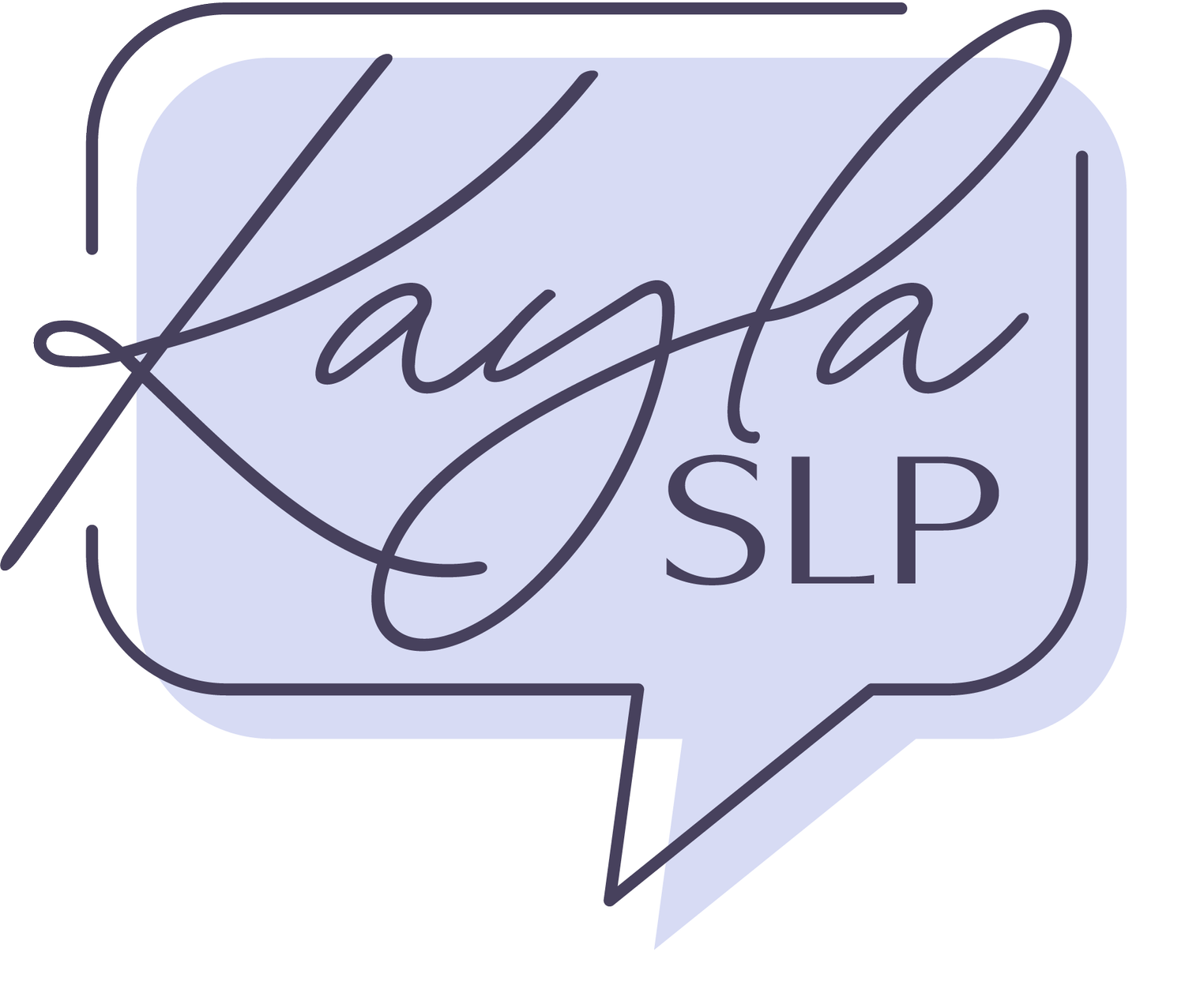Strategies for Virtually Supporting Story Organization
A common challenge encountered in speech-language therapy for school-aged students is narrative language, particularly with story organization and elaboration. When providing services virtually, it’s important to adjust strategies and tools to keep students engaged and support their learning effectively. Let’s explore how to apply these approaches in a remote therapy context.
Using a Shared-Screen Version of Story Champs and Books from Epic!
Why this works:
Story Champs is a structured narrative intervention that provides clear story components (e.g., setting, characters, problem, resolution) that help students organize their ideas logically. Epic! offers a wealth of age-appropriate books that allow you to apply Story Champs elements to authentic stories.
Note: This strategy is most beneficial if your student is already familiar with the Story Champs framework.
How to Implement:
Set up your virtual platform (Zoom, Google Meet, etc.) so you can share your screen with the student.
Open the digital Story Champs program or materials and the Epic! book simultaneously. You may want to split your screen if possible, or switch between the Story Champs template and storybook as needed.
Introduce Story Champs framework explicitly, reviewing each story element briefly before reading the book. Remind your student that they will be looking for specific details (e.g., who, what, where, problem, solution).
As you read the book on Epic!, pause at key points and invite your student to talk about the story components corresponding to Story Champs sections. This makes the learning interactive.
Encourage your student to verbally summarize each part and utilize your prompts sparingly to help them start or elaborate on ideas.
Consider recording this screen-sharing session so your student can revisit the story and their responses later.
Incorporating Sentence Stems and Virtual Graphic Organizers
Why this works:
Sentence stems provide a language scaffold that helps students formulate responses, especially when they’re struggling to organize thoughts or elaborate. Virtual graphic organizers visually map out story elements, supporting both comprehension and expression.
How to Implement:
Prepare sentence stems ahead of the session, tailored to the story elements you are targeting. Examples:
“The story takes place in ______.”
“The main problem is ______.”
“One way the character solved the problem was ______.”
Share a digital graphic organizer (tools Google Slides or Canva can be great platforms) that matches the Story Champs structure. Create labeled boxes for Setting, Characters, Problem, Events, and Resolution.
During the session, display both the sentence stems and the graphic organizer on-screen.
After reading or discussing each story element, have your student complete a stem aloud and then type or add their answers into the organizer. You can guide them with prompts or model responses if needed.
Visual and verbal supports combined give your student multiple ways to process and organize their storytelling.
Creating a Personal Digital Portfolio Across Sessions
Why this works:
A digital story portfolio keeps track of the student’s work over time, demonstrating progress and reinforcing learning. It also fosters ownership and pride in their storytelling accomplishments.
How to Implement:
Use a (secure) shared folder or cloud-based platform (Google Drive or similar) where you can save all completed graphic organizers, written story summaries, and any recordings of storytelling from sessions.
Each session, add new content related to the stories you work on – including your student’s elaborated narratives, completed story maps, or audio clips.
Review the portfolio with your student periodically, highlighting progress, pointing out improved organization, and encouraging them to reflect on their evolving skills.
Consider encouraging your student to add his own artwork, story ideas, or video recordings to personalize the portfolio further.
This portfolio becomes a valuable resource for parents, teachers, and the student as a record of growth and a motivator for continued effort.
So, in conclusion…
Utilizing these remote-friendly strategies can turn virtual sessions into dynamic, supportive environments that overcome the limitations of distance. By blending structured programs like Story Champs with interactive digital tools and student-centered portfolios, you help students build stronger story skills step-by-step.
Love this post?
Pin it for later!
Save this blog post to your favorite Pinterest board so you can come back to it anytime.


